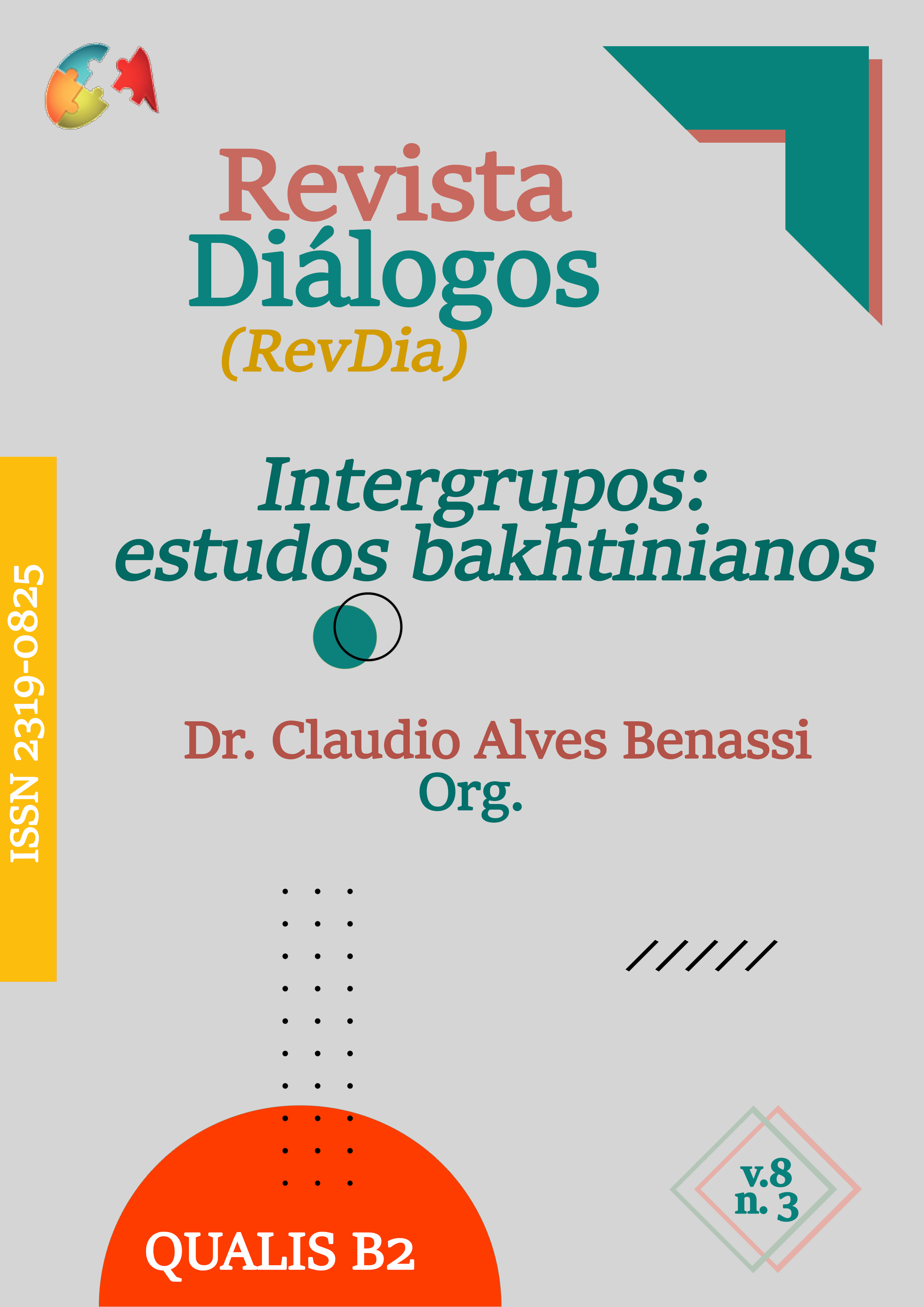SIGN LANGUAGE DOUBLE ARTICULATION
STRUCTURALIST LINGUISTICS AND SIGN WRITING IN THE ELUCIDATION OF THIS PRINCIPLE
Abstract
This study aims at presenting the implementation of the human language double articulation principle, through the French linguist André Martinet’s proposition, applying his assumptions in sign language, which up to now, as analyzed, was not thoroughly carried out. From Libras writing through the SignWriting system VisoGraphy, which is considered preponderant for the deepening of the detailed application of double articulation in Libras, the two sides of the sign language are analyzed. The first is linked to the smallest significant parts of the language, domain of the first articulation of the human language, in the study area of morphology. The second concerns the smallest parts of the sign language which are meaningless, that is, related to the smallest visual parts (paremic) which constitute the sinalemas (signs) of the sign language, whose study area is paremology, an area analogous to phonology in oral languages. The main theoretical basis is related to Martinet’s thought and presuppositions, in addition to Benassi’s studies related to linguistics and sign language.
Downloads
Published
Issue
Section
How to Cite
License

This work is licensed under a Creative Commons Attribution-NonCommercial-ShareAlike 4.0 International License.
Autores que publicam nesta revista concordam com os seguintes termos:
1) Autores mantém os direitos autorais e concedem à revista o direito de primeira publicação, com o trabalho simultaneamente licenciado sob a Licença Creative Commons Attribution que permite o compartilhamento do trabalho com reconhecimento da autoria e publicação inicial nesta revista.
2) Autores têm autorização para assumir contratos adicionais separadamente, para distribuição não-exclusiva da versão do trabalho publicada nesta revista (ex.: publicar em repositório institucional ou como capítulo de livro), com reconhecimento de autoria e publicação inicial nesta revista.
3) Autores têm permissão e são estimulados a publicar e distribuir seu trabalho online (ex.: em repositórios institucionais ou na sua página pessoal) a qualquer ponto antes ou durante o processo editorial, já que isso pode gerar alterações produtivas, bem como aumentar o impacto e a citação do trabalho publicado.





